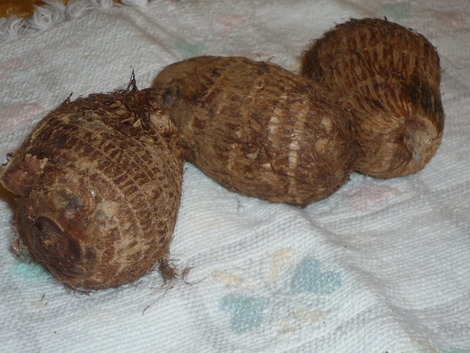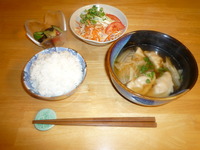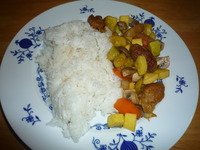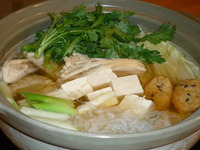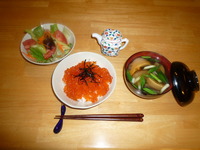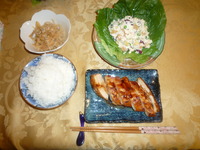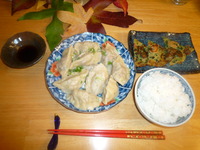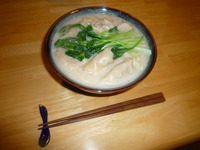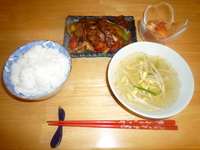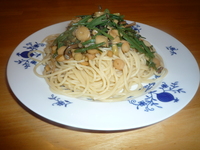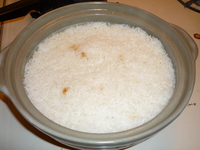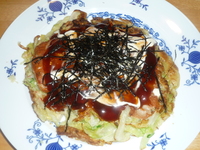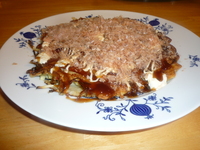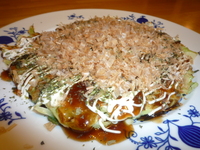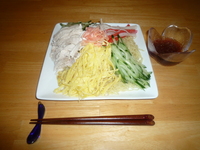Monday, December 20th, 2010
Satoimo (taro root) look like hairy little potatoes but are very different from potatoes. They have a slimy texture and are starchier compared to regular potatoes. Not everyone is a fan of the slimy texture but there's something about them that make them a heartier ingredient compared to potatoes. It warms your belly and gives you a sense of being full without that much guilt because they have less calories than potatoes. I have very fond memories of growing up eating them when I visited my grandparents in Saitama Prefecture. I remember getting really excited about seeing huge satoimo farms near my grandparents house. They are easily recognizable by their large heart shaped leaves. I think I was more excited about eating ingredients that I saw growing than I was about what I was actually eating. The other fun thing about satoimo is that they are usually cut into fun shapes. For New Years, my mom always cut them into perfectly round circles, hexagons and flowers. Fun shapes are always a good way to get kids to eat things.
Taro root is used it many different ways around the world, in Japanese cuisine, it's usually cooked in nimono (braised) dishes with a traditional soy sauce, mirin and sugar sauce. They are also mashed or added in soups such as shirunomo or nabe dishes and used mostly in savory dishes.
Preparing Satoimo:
Satoimo are very starchy so if you're prepping them for nimono dishes, it's best if you wash and peel them and boil them in water to get rid of some of the starch content. Keep a close eye on them because the starch will make them boil over easily. Once, they have cooked, add them to the nimono to absorb the nimono sauce.
Picking satoimo:
I often find that I get a bad satoimo. I'm not sure if it's because I live in California and they don't grow that well here but I will always have one bad one. It's difficult to avoid all the bad ones but you can avoid some of them by getting a little personal with them and making sure there are no soft spots. It's hard to spot the bad ones visually because of the extra fibrous strands on them so I usually buy one or two extra ones just in case I get a bad one.
Satoimo often have rings and fibrous strands on the skin.
